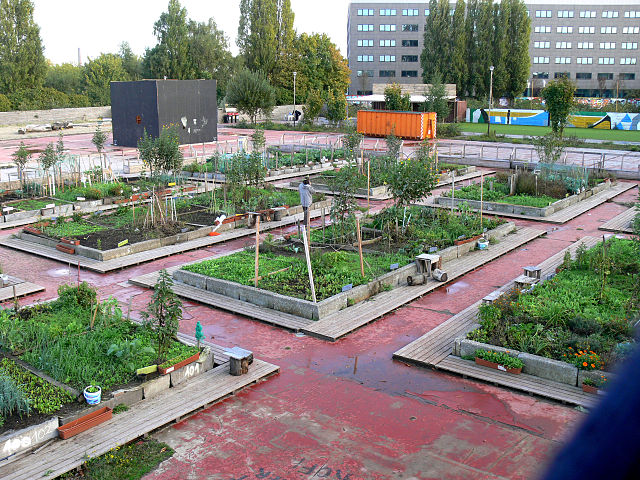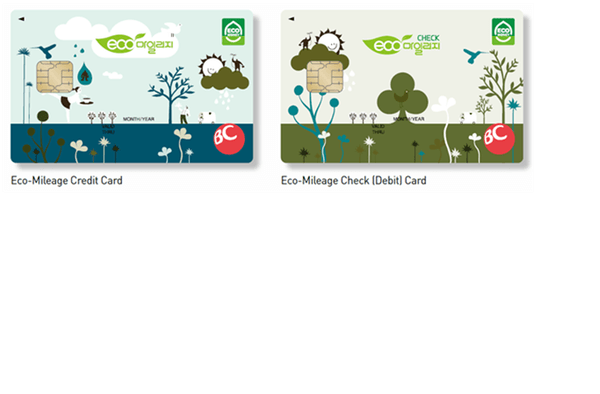
City
Ghent
Main actors
Local Government, Private Sector, Community / Citizen Group
Project area
Metropolitan Area
Duration
2012 - 2020
Ghent has identified a demand for urban agriculture to occur within the city region to provide better transparency in the food system
In the city region of Ghent, in Belgium, several short food chain initiatives have emerged that show significant potential to increase the sustainability of urban food provisioning by exploring possibilities for multifunctional land use and closing the gap between producer and consumer. However, these initiatives are still very scattered and most of them fail to reach the scale that would be necessary to really challenge the dominant urban food regime and significantly increase its sustainability.
Based on in-depth interviews and transition theory, this case study uses a Multi-Level Perspective analysis to identify opportunities and bottlenecks for (peri-)urban short food chain initiatives in Ghent to develop and significantly challenge the dominant urban food regime. The results reveal important opportunities for growth in the stimulating political and social climate in Ghent, but also show that further development of the short food chain initiatives is considerably hindered by traditional views on (peri-)urban land use patterns and difficulties to reach cost-efficiency with small-scale production. Solving these issues not only requires action at the level of the city government, but also a change in regulations at higher institutional levels and change within the consumers themselves.
On Map
The Map will be displayed after accepting cookie policy


